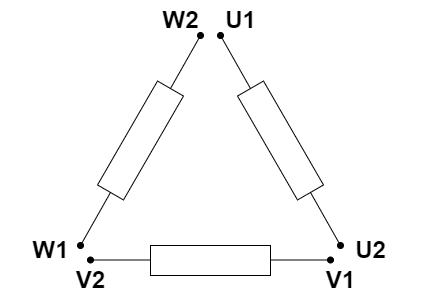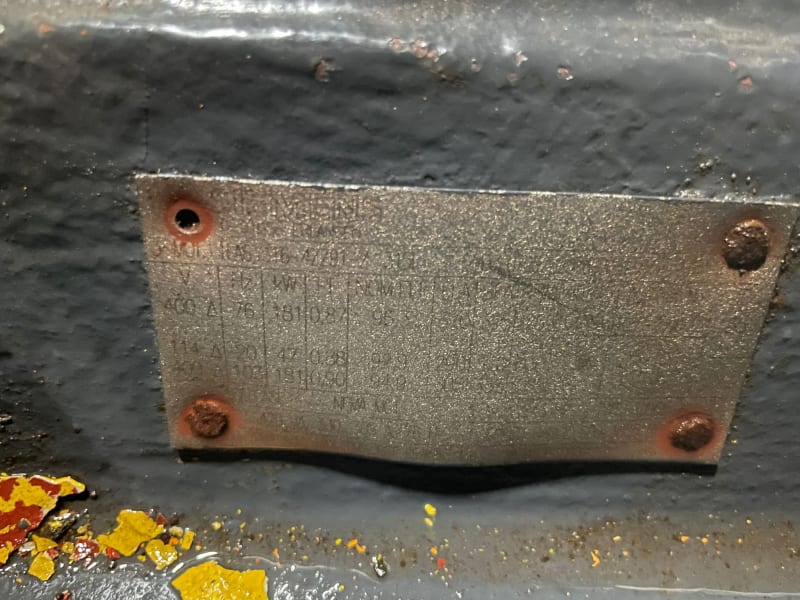On ramp-up or ramp-down of the motor, I have a high vibration of the motor at about 1000 rpm with a high current peak on the output of the VFD.
This happens with or without the motor attached to the compressor screwhead.
At other rpm's the motor seems to perform with normal current readings and no vibrations.
What can I check? What kind of motor defect can provoke this behavior?
I think you have good advice of things to check and ways to block.
In terms of what can cause that behavior, it's an interesting problem with no obvious answers.
Everyone is familiar with "resonance" where vibration goes up at a certain speed.
If you can manage to do measure a snapshot of the spectrum to determine frequency while operating near 1000rpm, that may give a clue.
If you can manage to do a coastdown waterfall of vibration as speed ramps thorugh the problem range that would be additional info to check whether the problem frequency changes with speed. Typically the natural frequency is fixed but the excitation frequency usually does change with speed. If the excitation frequency doesn't change with speed (is fixed) that narrows it down to maybe something related to switching frequency (maybe it causes torque excitation components). Changing the switching frequency as suggested by io95 might be a much easier way to check for that particular thing. Also in theory possible are fixed frequency components associated with the input power. If we have a 3-phase full wave bridge rectifier on the input then the ripple frequency is six times line frequency on the dc bus, and that could
maybe somehow show in the output (yeah I know it seems like pwm should destroy that, but I hear a lot of people that measure that frequency on vfd driven motors.... I can't count myself as one of those since we have very few vfd's at my plant). And less likely if there is an unbalance on the input side then one times line frequency might show on the dc bus (and again somehow on output). Unbalance on the input is generally less likely but if there's an implication the problem only showed up after replacing some input thyristors then I wonder if one of the replacement thyristors is malfunctioning which coudl cause an unbalance on the rectifier input producing a component of 1x line frequency on the dc bus.
You reported no change between coupled/uncoupled. That is typically a characteristic of lateral natural frequencies but not torsional natural frequencies. (motor tends to have same lateral natural frequencies coupled or uncoupled, but most of the torsional natural frequencies change when coupled to a load.
You reported increase in current at the problem speed (whether coupled or not). That's the one that is of course most bizzare and I have to reach to bizarre scenarios to explain it.
[ol 1]
[li]The most plausible scnenario I can come up with is that you have internal movement of such violence that the rotor is heavily scraping the stator causing a mechanical load. Maybe changing the bearings reduced the rotor support stiffness bringing a critical down that was previously above the operating range. Although that would be a really severe rub to load the motor and I really wouldn't expect this could continue long before there is some other obvious indication of it. [/li]
[li]Even less likely than that, torsional oscillation at a low frequency is causing swings of fundamental current as the rotor accelerates and decelerates. I have a hard time imagining that remains the same coupled or uncoupled though.[/li]
[/ol]
There's probably a lot more I haven't thought of but that's all I can come up with.


